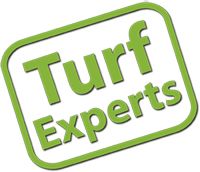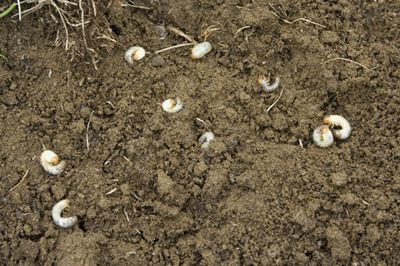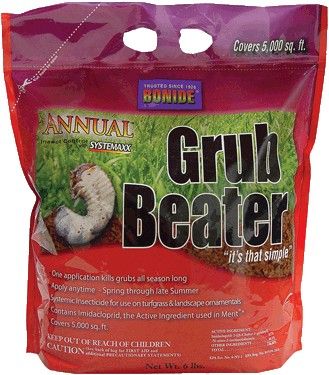Grub Control
 |
Fall is the time grub problems are most likely to show in lawns. This insect can cause serious damage when a significant population occurs on a lawn or other turf area.
 |
How do I know if I have grubs in my lawn?
Grubs feed on the roots of grasses, so lawns will show wilting and browning of irregular shaped areas. Carefully pull back the sod in suspect areas, in particular the marginal areas where brown grass meets green grass, and look for the grubs. Usually a population of about 10 or more grubs per square foot will lead to browning of the lawn.
With the weather dry but keeping your lawn is watered and surrounded by dry lawns; it is a prime target for egg laying. Watch lawns closely for wilting and browning areas, and then check the root zone for grubs.
 |
Can I prevent grub damage?
Check the root zone for small grubs. Products like Bonide Annual Grub Beater and Bayer Complete Insect Killer will all work to help control grubs. With all insecticides, read and follow label directions. For an organic option try using Milky Spore Grub Control
What should be done after grub damage has occurred?
If significant grub damage has occurred, the lawn will need some renovation work in early fall. Rake away dead debris. Water the lawn area, as some of the grass with damaged roots may recover, especially if the weather cools down. Bare or thin areas may need some reseeding.
As always if you have questions please call us at 651.450.1501 and ask for our Lawn and Garden Department!
